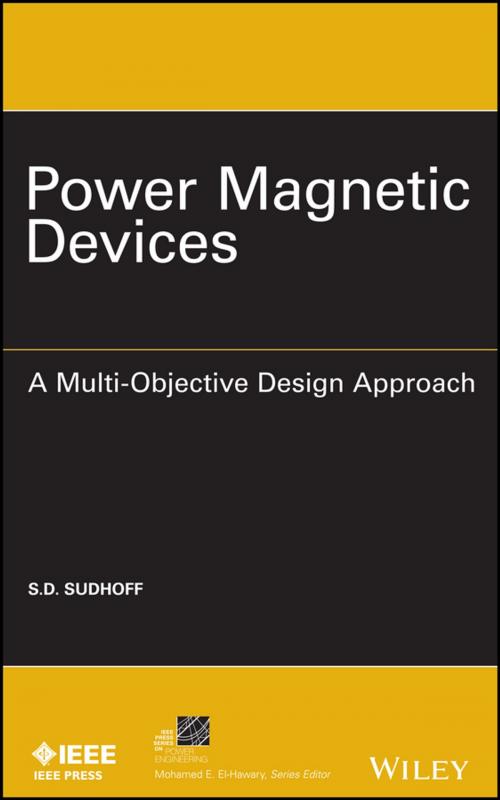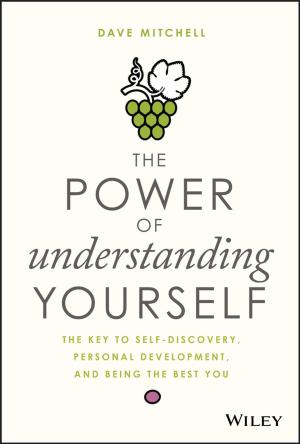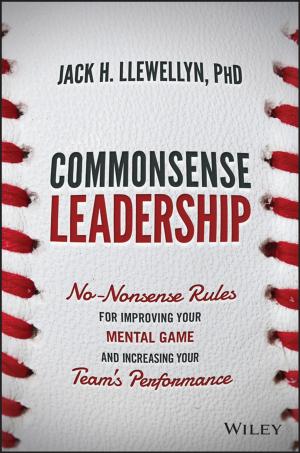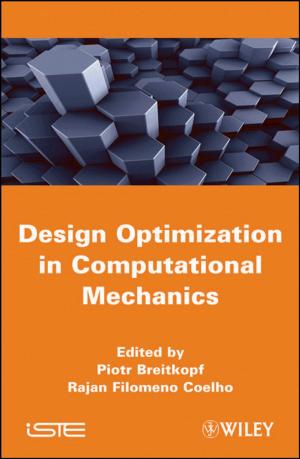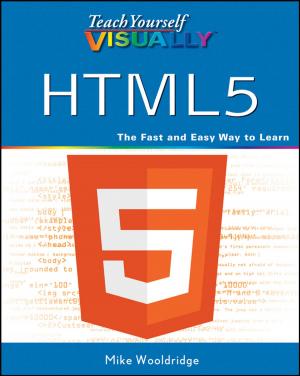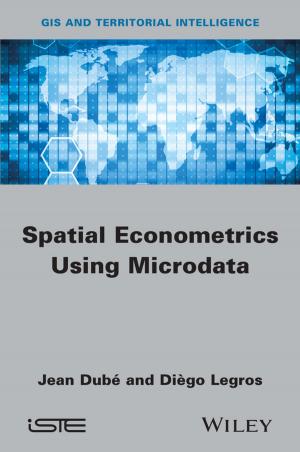Power Magnetic Devices
A Multi-Objective Design Approach
Nonfiction, Science & Nature, Science, Physics, Electromagnetism| Author: | Scott D. Sudhoff | ISBN: | 9781118824634 |
| Publisher: | Wiley | Publication: | January 30, 2014 |
| Imprint: | Wiley-IEEE Press | Language: | English |
| Author: | Scott D. Sudhoff |
| ISBN: | 9781118824634 |
| Publisher: | Wiley |
| Publication: | January 30, 2014 |
| Imprint: | Wiley-IEEE Press |
| Language: | English |
Presents a multi-objective design approach to the many power magnetic devices in use today
Power Magnetic Devices: A Multi-Objective Design Approach addresses the design of power magnetic devices—including inductors, transformers, electromagnets, and rotating electric machinery—using a structured design approach based on formal single- and multi-objective optimization.
The book opens with a discussion of evolutionary-computing-based optimization. Magnetic analysis techniques useful to the design of all the devices considered in the book are then set forth. This material is then used for inductor design so readers can start the design process. Core loss is next considered; this material is used to support transformer design. A chapter on force and torque production feeds into a chapter on electromagnet design. This is followed by chapters on rotating machinery and the design of a permanent magnet AC machine. Finally, enhancements to the design process including thermal analysis and AC conductor losses due to skin and proximity effects are set forth.
Power Magnetic Devices:
- Focuses on the design process as it relates to power magnetic devices such as inductors, transformers, electromagnets, and rotating machinery
- Offers a structured design approach based on single- and multi-objective optimization
- Helps experienced designers take advantage of new techniques which can yield superior designs with less engineering time
- Provides numerous case studies throughout the book to facilitate readers’ comprehension of the analysis and design process
- Includes Powerpoint-slide-based student and instructor lecture notes and MATLAB-based examples, toolboxes, and design codes
Designed to support the educational needs of students, Power Magnetic Devices: A Multi-Objective Design Approach also serves as a valuable reference tool for practicing engineers and designers. MATLAB examples are available via the book support site.
Presents a multi-objective design approach to the many power magnetic devices in use today
Power Magnetic Devices: A Multi-Objective Design Approach addresses the design of power magnetic devices—including inductors, transformers, electromagnets, and rotating electric machinery—using a structured design approach based on formal single- and multi-objective optimization.
The book opens with a discussion of evolutionary-computing-based optimization. Magnetic analysis techniques useful to the design of all the devices considered in the book are then set forth. This material is then used for inductor design so readers can start the design process. Core loss is next considered; this material is used to support transformer design. A chapter on force and torque production feeds into a chapter on electromagnet design. This is followed by chapters on rotating machinery and the design of a permanent magnet AC machine. Finally, enhancements to the design process including thermal analysis and AC conductor losses due to skin and proximity effects are set forth.
Power Magnetic Devices:
- Focuses on the design process as it relates to power magnetic devices such as inductors, transformers, electromagnets, and rotating machinery
- Offers a structured design approach based on single- and multi-objective optimization
- Helps experienced designers take advantage of new techniques which can yield superior designs with less engineering time
- Provides numerous case studies throughout the book to facilitate readers’ comprehension of the analysis and design process
- Includes Powerpoint-slide-based student and instructor lecture notes and MATLAB-based examples, toolboxes, and design codes
Designed to support the educational needs of students, Power Magnetic Devices: A Multi-Objective Design Approach also serves as a valuable reference tool for practicing engineers and designers. MATLAB examples are available via the book support site.
